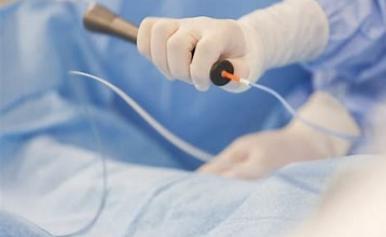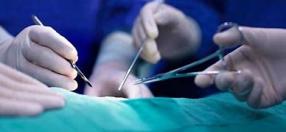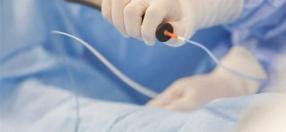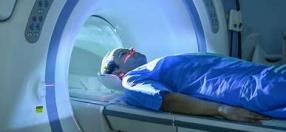Serological test
This is a list of medical tests and procedures used to obtain health information and diagnose pathological and nonpathological conditions of the human body. It is grouped by type of procedure and ordered alphabetically.This is a list of medical tests and procedures used to obtain health information and diagnose pathological and nonpathological conditions of the human body. It is grouped by type of procedure and ordered alphabetically.This is a list of medical tests and procedures used to obtain health information and diagnose pathological and nonpathological conditions of the human body. It is grouped by type of procedure and ordered alphabeticallyy.
-
Antiserum, loremipsum
serum, the portion of plasma remaining after coagulation of blood, during which process the plasma protein fibrinogen is converted to fibrin and remains behind in the clot. Antiserum, which is prepared from the blood of animals or humans that have been exposed to a disease and have developed specific antibodies, is used to protect persons against disease to which they have been exposedd.
-
haptoglobin
haptoglobin, a colourless protein of the α-globulin fraction of human serum (liquid portion of blood plasma after the clotting factor fibrinogen has been removed) that transports hemoglobin freed from destroyed red blood cells to the reticuloendothelial system, where it is broken down. Three common types—numbered 1-1, 2-1, and 2-2—and three uncommon types of haptoglobin are known and are believed to result from combinations among three alleles (forms of genes). The serum haptoglobin level is raised during inflammations and certain other conditions; it is lowered in hemolytic disease and some types of liver disease.
-
Robert Koch
Working at the Robert Koch Institute for Infectious Diseases in Berlin (1890–1913), Wassermann and the German dermatologist Albert Neisser developed (1906) a test for the antibody produced by persons infected with the protozoan Spirochaeta pallida (now known as Treponema pallidum), the causative agent of syphilis. In 1913 Wassermann became director of the department of experimental therapy at the Kaiser-Wilhelm Institute, Berlin-Dahlem, a position he held until his death. He is also noted for having devised diagnostic tests for tuberculosis and collaborated with the German bacteriologist Wilhelm Kolle in writing the Handbuch der pathogenen Mikroorganismen, 6 vol. (1903–09; “Handbook of Pathogenic Microorganisms”).















